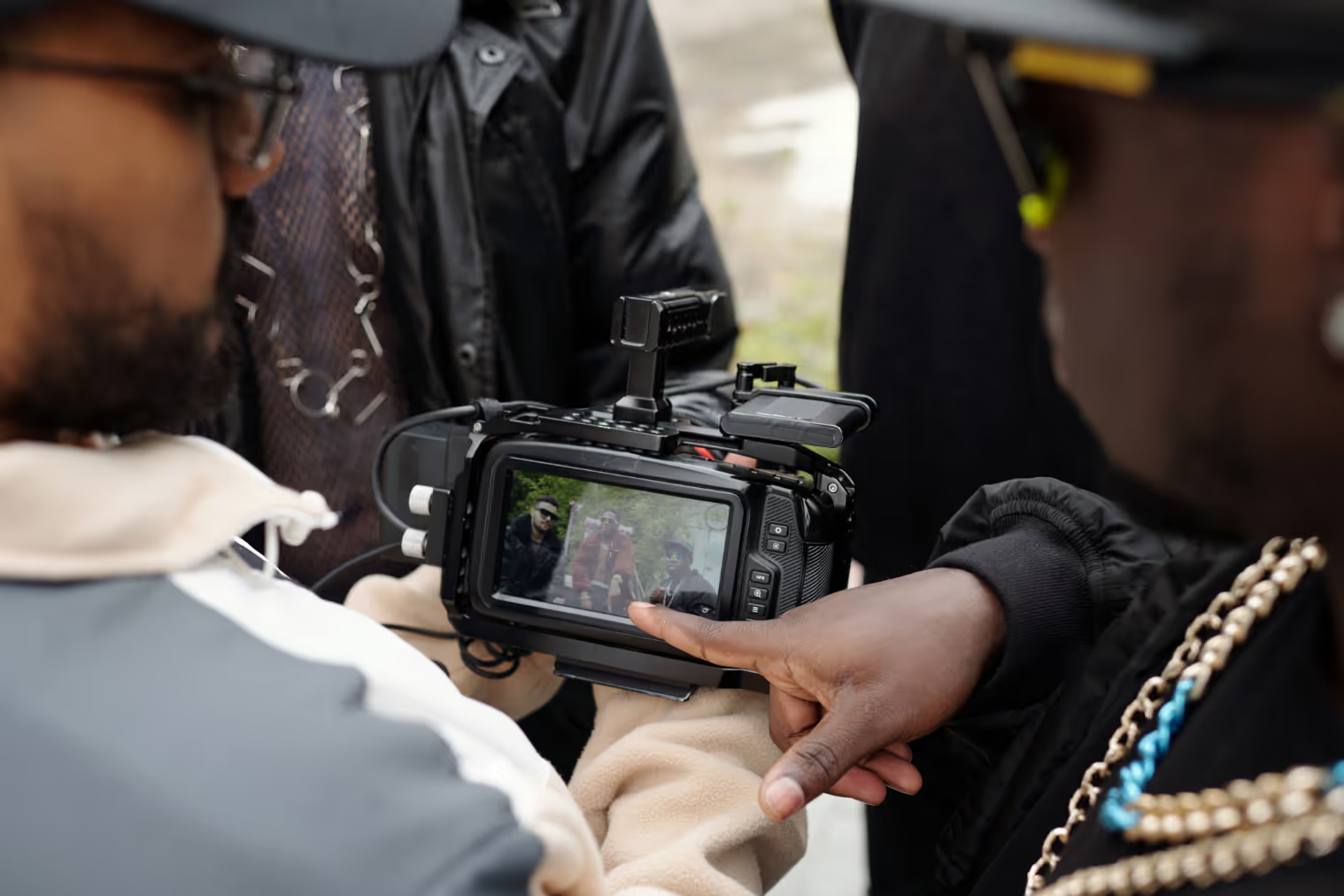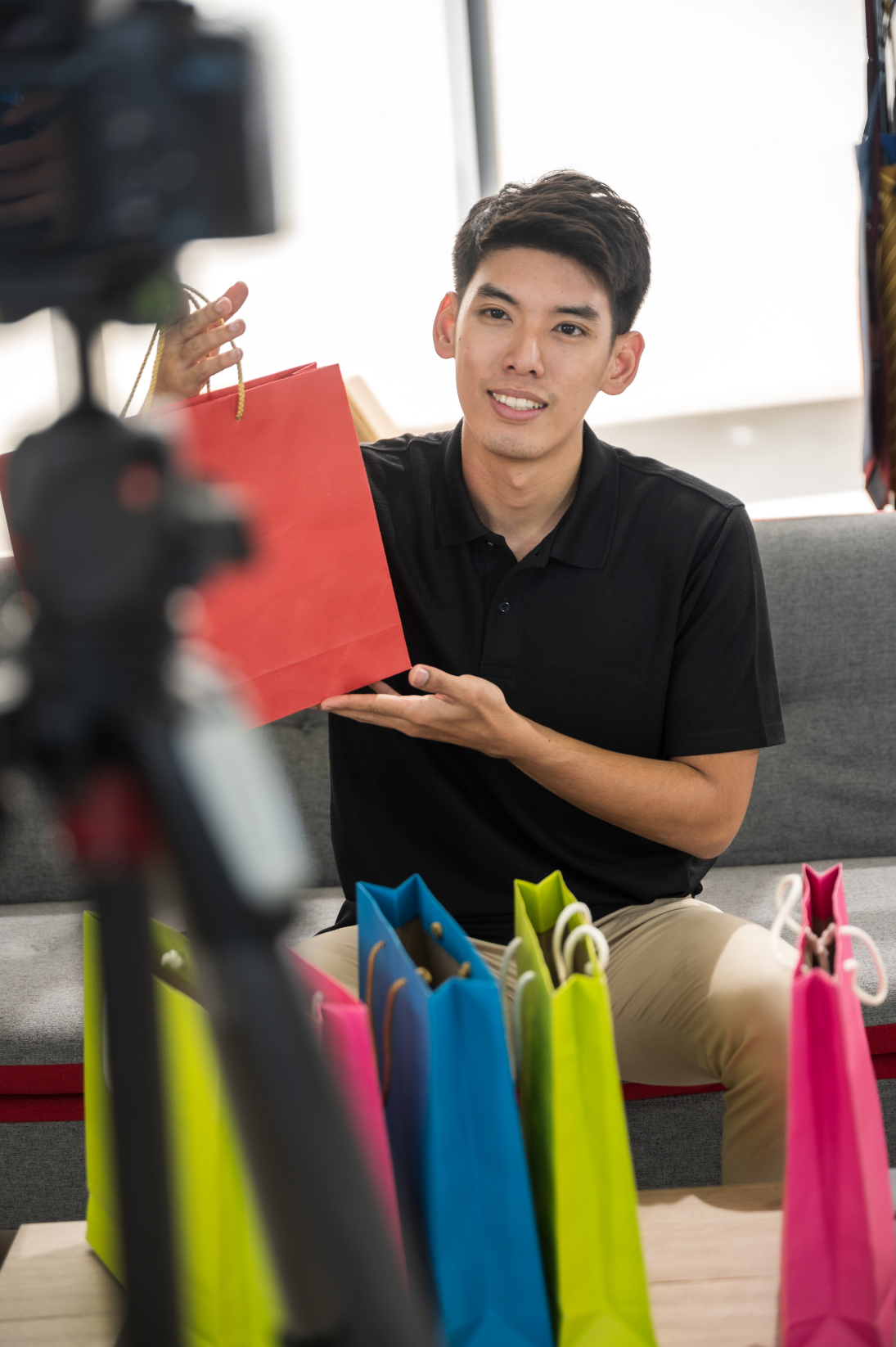Unlocking Visual Effects: Essential Tips for Filmmakers

Visual effects (VFX) once seemed like an exclusive domain for Hollywood blockbusters, reserved for films with astronomical budgets and sprawling post-production teams. Today, however, the landscape has dramatically shifted. Thanks to powerful, accessible software and a wealth of online tutorials, VFX has become an invaluable tool for filmmakers at every level – from independent creators to burgeoning studio productions. It's no longer about making the impossible possible; it's about seamlessly enhancing your storytelling, adding depth, scope, and impact without breaking the bank.
This post aims to demystify the world of visual effects, offering essential tips for filmmakers looking to integrate VFX effectively into their projects. Get ready to unlock the visual magic!
Planning is Paramount: Pre-Production VFX Strategy
The biggest mistake filmmakers make with VFX isn't in post-production, but in pre-production. Treating visual effects as an afterthought – something to "fix in post" – is a surefire way to blow your budget, miss deadlines, and ultimately compromise your vision. True visual effects success begins long before cameras roll, with meticulous planning and integration into your overall filmmaking strategy. Think of VFX as another character in your story, requiring just as much development and attention as your human actors.
Every VFX shot needs to be carefully considered during script breakdowns and storyboarding. What exactly needs to be created or altered? How will it interact with practical elements? By clearly defining your VFX needs early, you can design your production around them, rather than trying to force solutions later. This proactive approach saves countless hours and resources on set and, crucially, in the often-expensive post-production phase.
Critical Pre-Production Tips:
- VFX Script Breakdown: Go through your script specifically looking for moments that will require visual effects. Catalog each instance, no matter how small.
- Storyboarding & Previsualization (Previz): Draw or animate your VFX shots. This helps visualize the final outcome, identify potential problems, and clearly communicate your vision to your crew and any potential VFX artists.
- Budget & Schedule Allocation: Don't forget to allocate sufficient budget and time for VFX work. This includes software, hardware, and potentially outsourcing to skilled artists.
- Consult Early: If your project involves significant VFX, consider bringing in a VFX supervisor or experienced artist during pre-production. Their expertise can guide your planning and prevent costly mistakes down the line.
On-Set Essentials: Shooting for Seamless Integration
Once you've meticulously planned your VFX shots, the next crucial step is executing them flawlessly during principal photography. The goal here is to capture footage that integrates seamlessly with your planned visual effects, making the post-production process as smooth and efficient as possible. Remember, even the most talented VFX artist can't conjure usable footage out of thin air if the original plates are poorly shot. The less "fixing" required in post, the better your final result will be, and the more budget you'll save.
Key to successful on-set VFX capture is understanding the technical requirements of your planned effects. This often means ensuring stable camera moves, consistent lighting, and proper tracking markers. If you're using green or blue screens, their setup and lighting are paramount. The aim is always to provide the cleanest possible canvas for your VFX artists, minimizing guesswork and maximizing their ability to create convincing additions or alterations to your scene.
On-Set Practices to Master:
- Lock Down Your Camera: For many VFX shots (especially those involving compositing or set extensions), a stable camera is vital. Use tripods, dollies, or motion control rigs to ensure precise camera movement, or lack thereof.
- Consistent Lighting: Match the lighting of your practical elements with what you envision for your virtual elements. Pay attention to direction, intensity, and color temperature. Shoot reference images of light sources on set.
- Tracking Markers: Place small, distinct markers (e.g., green or black dots on tape) on areas where digital elements will be placed or composited. These help VFX software track camera movement and perspective.
- Green/Blue Screen Mastery: If using chroma key, ensure your screen is evenly lit, smooth, and free of wrinkles. Leave enough distance between your subject and the screen to avoid color spill.
- Shoot Reference Plates: Capture clean plates (shots of the background without actors or foreground elements) and HDRIs (High Dynamic Range Images) for lighting information. These are invaluable for realistic integration.
Post-Production Prowess: The Art of Visual Enhancement
This is where the magic truly begins to take shape, where disparate elements – live-action footage, 3D models, digital paint – are brought together to form a cohesive visual. Post-production for VFX is a nuanced craft, demanding technical skill, an artistic eye, and meticulous attention to detail. Tools like Adobe After Effects, Blackmagic Design's DaVinci Resolve (with its Fusion page), Nuke, or even open-source options like Blender, offer immense power. However, software is just a tool; it's your understanding of compositing principles, color theory, and spatial awareness that truly brings your VFX to life.
The key to compelling visual effects in post is not just making something look cool, but making it look real within the context of your film. This means paying close attention to subtleties like grain matching, accurate shadows, reflections, and atmospheric effects. The best VFX are often "invisible," seamlessly blending into the narrative without drawing undue attention to themselves. It's about enhancing your story, not overpowering it.
Elevate Your Post-Production Workflow:
- Master Compositing Fundamentals: Learn how to layer elements, control transparency, and understand blending modes. This is the core of most VFX work.
- Focus on Integration: Pay meticulous attention to color grading, lighting, and shadow work to ensure your VFX elements look like they belong in the scene. Match noise and grain too.
- Less Can Be More: Resist the urge to add VFX just because you can. Every effect should serve the story and enhance the audience's experience, not detract from it.
- Iterate and Refine: VFX often requires multiple passes and refinements. Don't be afraid to experiment and seek feedback to achieve the desired result.
- Backup Regularly: VFX projects are complex and resource-intensive. Save your work frequently and maintain robust backups.
Beyond the Tools: The Filmmaker's Mindset for VFX
While technical proficiency is crucial, a successful approach to visual effects also requires a specific mindset. It's about more than just knowing how to use the software; it's about understanding the artistic implications, the collaborative nature of the work, and the strategic deployment of effects within your overall production. A filmmaker with a strong VFX mindset views these tools not as a crutch, but as an integral part of their creative toolkit, ready to be deployed thoughtfully and effectively.
Embracing VFX means understanding its limitations as much as its capabilities. It means knowing when a practical effect might be more convincing or cost-effective, and when a digital solution is truly the best path forward. It also means fostering strong communication with your VFX artists (whether that's an outsourced team or your own dedicated in-house specialist), ensuring everyone is aligned with the creative vision and technical requirements of each shot.
Cultivate a Powerful VFX Mindset:
- Prioritize Story: Always remember that VFX should serve the narrative. If an effect doesn't advance the plot or enhance character, question its necessity.
- Budget Realistically: VFX, even independent VFX, takes time and computing power, which translates to cost. Factor this into your budget from the outset.
- Learn the Language: Even if you outsource, understanding basic VFX terminology and concepts will greatly improve your ability to communicate your vision to artists.
- Embrace Collaboration: VFX is inherently collaborative. Foster clear communication, provide constructive feedback, and be open to expert advice from your VFX team.
- Patience and Persistence: VFX work can be iterative and time-consuming. Develop patience and a persistent attitude to see complex shots through to completion.
Conclusion
Visual effects are no longer an exclusive club for Hollywood giants; they are an accessible and powerful storytelling tool available to filmmakers of all scales. By embracing meticulous planning in pre-production, shooting smartly on set, honing your post-production skills, and adopting a strategic VFX mindset, you can unlock incredible visual possibilities for your films. Remember, the goal isn't just to create flashy effects, but to weave them seamlessly into your narrative, enhancing your story and captivating your audience. The magic of cinema is truly at your fingertips.
If you're looking to elevate your filmmaking and connect with resources that can help you master every aspect of production, including visual effects, explore FilmBaker. We're here to support your journey. Visit FilmBaker.com to get in touch and discover how we can help bring your vision to life.


